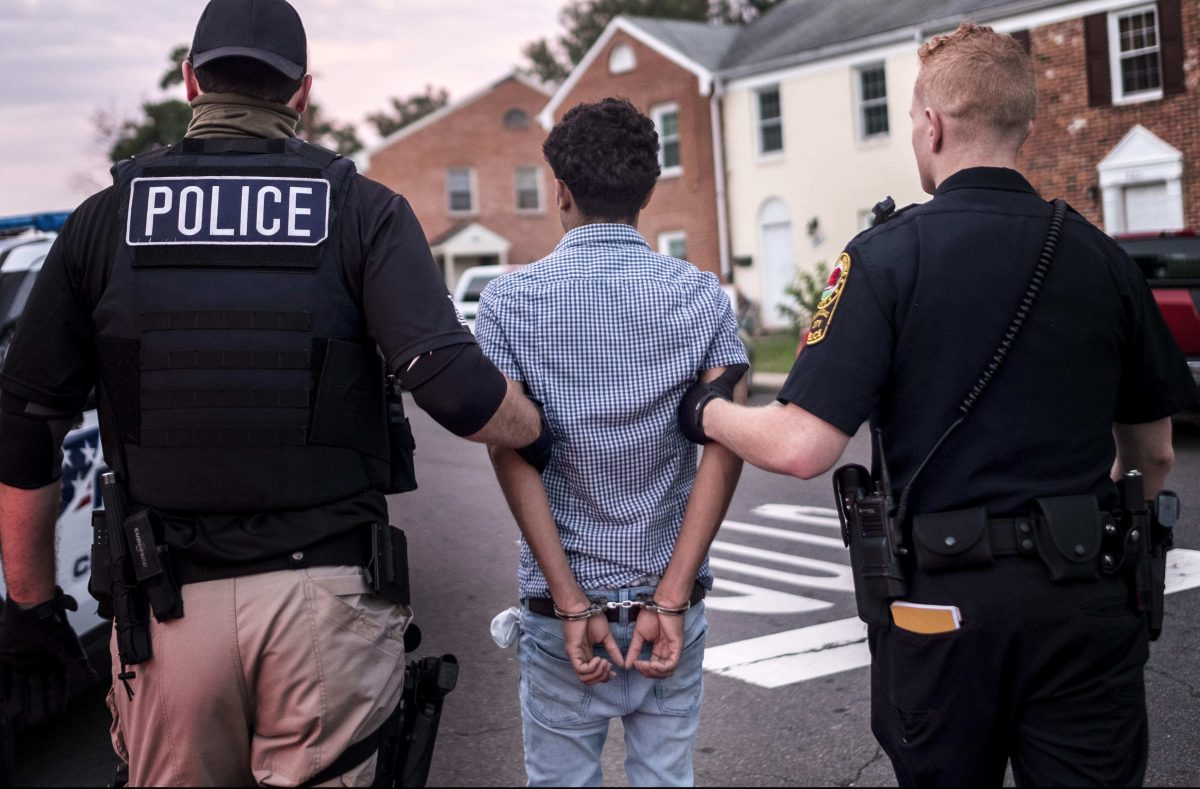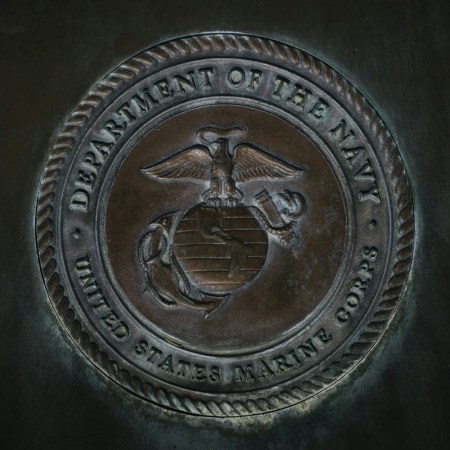In 2015, Mara Salvatrucha, the violent international street gang known as MS-13, was trying to organize more efficiently. During a meeting that was surreptitiously recorded by U.S. authorities, one top official said that teamwork and recruitment needed improvement. MS-13 leaders created a catchphrase, “The Program,” for widening its influence and improving cash flow, reports The Wall Street Journal.
“What we are asking is total cooperation,” a top leader told the group by speaker phone from El Salvador, according to WSJ. “Let’s all work together, united, you know.”
MS-13’s impact in the U.S. was restricted to the local level for years, and confined to specific neighborhoods and cities scattered around the country. The gang used violence to secure turf. But then federal authorities realized that as the group’s influence grew, so did its ambition to leverage its network of local franchises into a cohesive, national brand.
A series of trials that wrapped this summer in Boston show how MS-13 is trying to make that leap to national significance by streamlining its management structure and creating uniform standards, writes WSJ. But the question is: Can MS-13 impose order on its unruly, violent young members?
Thanks for reading InsideHook. Sign up for our daily newsletter and be in the know.


















